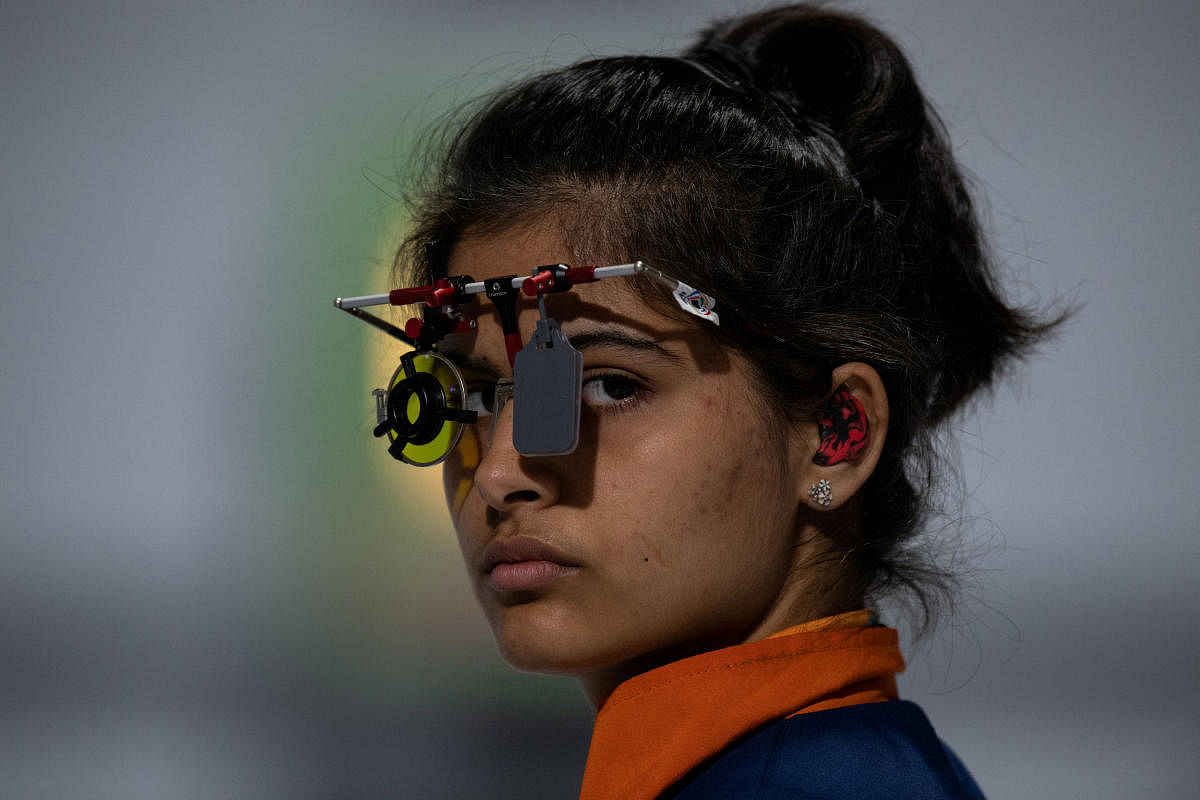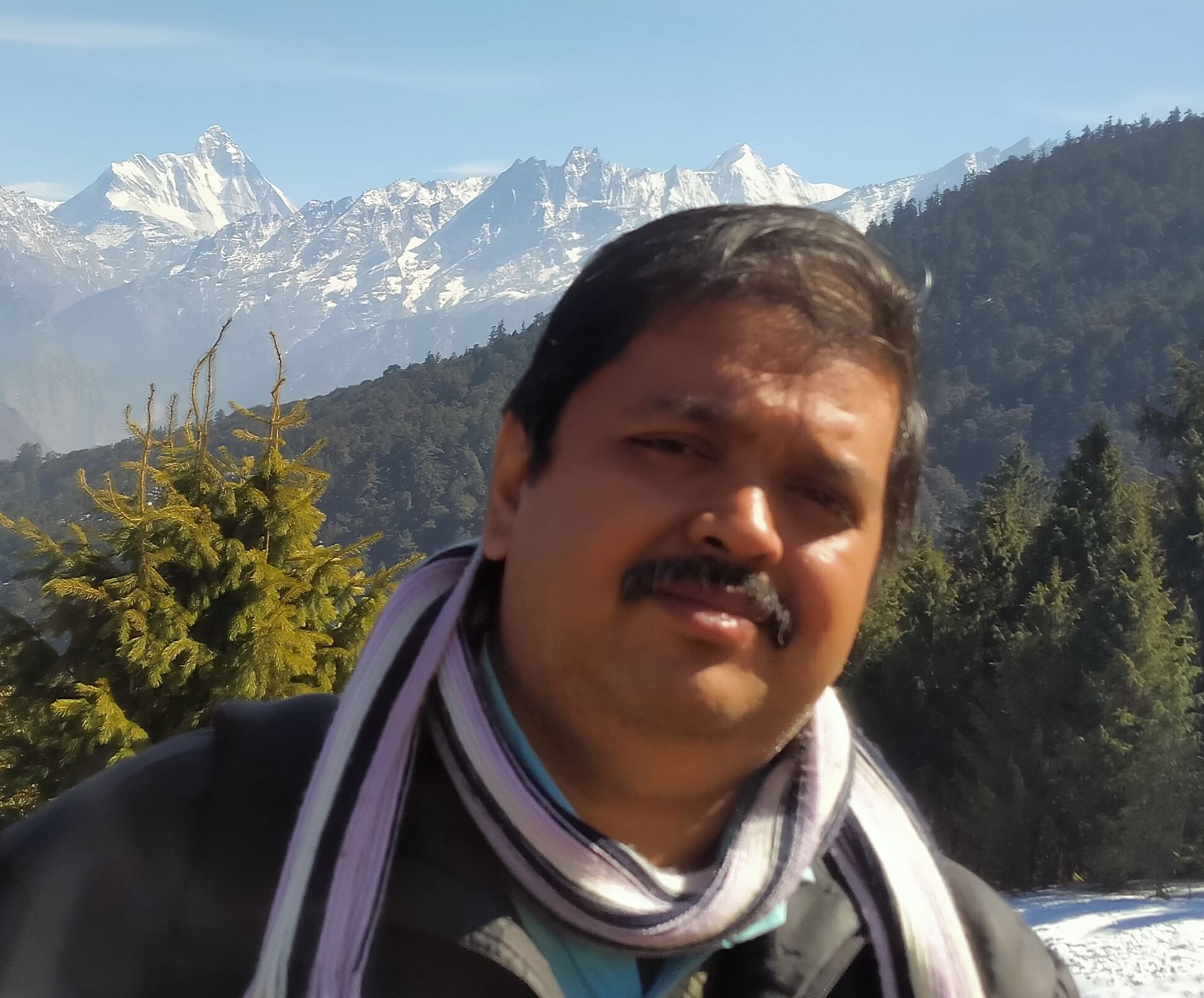
Indian sports is on an upswing. The euphoria of the Asian Games was kept alive by the youngsters in the recently-concluded Youth Olympic Games, where India returned with their best ever medal haul. At a time when country is targeting to break the glass ceiling in 2020 Olympic Games, the performances of juniors have raised hopes.
The excitement generated by the Indian show at the Youth Olympic Games, in Buenos Aires, could be reasoned by a cursory glance at the previous editions' performances. In the 2014 Games in Nanjing, China, India had won just two medals -- a silver in the boys' weightlifting (77kg) by Venkat Rahul Regala and a bronze in the boys' archery by Atul Verma. It was a significant decrease from the 8 (six silvers and two bronze) won in the inaugural Games in 2010 at Singapore. It was only this year India were able to open their account of gold medals. The Indian athletes bagged three gold, nine silver, and one bronze for a total of 13 medals.
India had sent their largest contingent of 46 athletes spread over 13 sports. At the end of the Games, among the 206 nations that participated, India were ranked 18th on the medals tally. While the glint of gold caught the attention of the nation, it was also noteworthy that India’s 13 medals came from a variety of disciplines.
The three gold came from Jeremy Lalrinnunga in boys weightlifting (62 kg) and he became India's first-ever Youth Olympics gold medalist. The teen shooting sensation Manu Bhaker became the first Indian girl to win a gold in 10m air pistol and Saurabh Chaudhary made it three for India by winning the 10m air pistol in boys category. Another notable performance came from Tababi Devi who won the first medal for India in judo, a silver, and later also won a silver in the mixed team event. The boys' and girls' hockey 5s teams won silver medals on their debut while Lakshya Sen repeated the individual silver medal won by HS Prannoy in 2010.
While sports experts acknowledge the efforts of the young athletes, they point at the junior programmes in various disciplines which continue to be in the developing stage. It applies also to shooting, in which India returned with three medals -- a silver from the prodigious Mehuli Ghosh in the girls 10m air rifle besides the two gold from Manu and Saurabh.
Former shooter and coach of Mehuli, Joydeep Karmakar, was cautious in his assessment of the current upsurge, despite being effusive in praise of the young shooters, all of whom had already proved their mettle at the senior events.
“The welcome thing is they are not like usual stars. Earlier, we would depend on a few athletes. But now, there is a bunch of players who are performing very well in the same event. If someone fails, the other compensates. Also, they are performing very well at the highest of events, which is very significant,” Karmakar told DH.
“The motivation has been a big point in this upsurge in shooting. Coaching has a big role to play. Earlier there used to be managers who knew hardly anything about shooting but they were all called coaches. And the results were obvious. Now things have changed, but only a little. Today there are real coaches are in place, mainly ex-Indian athletes. We didn’t have any help during our time, but now Suma (Shirur), Jaspal (Rana), Anjali (Bhagwat), me are giving back to the sports. And we are getting results. So it’s a result of great mix: of former athletes giving back and fearless youngsters.”
Karmakar, who was a junior national champion before going on to compete at the Olympics, was far from satisfied with the current set-up of junior programme. He, though, admitted: “The juniors are getting more competitions than the seniors. So this a very good thing. Our performance in World Championships was fantastic. It’s a very good combination to see a 39-year-old winning a medal with a 15-year-old,” he said.
Badminton, on the other hand, has a better system in place but former shuttler Arvind Bhat, who is part of the junior selection committee, believes they need to implement things with more consistency “We are totally convinced that junior exposure is very important. In fact, federations around the world take the junior events very seriously. So they send the best of players to these events and those are the ones who become the top players in seniors in the future,” said Bhat. “So our players getting used to those players now is a good advantage."
Bhat admitted they need to increase their efforts at the junior level. “We need to have more junior programmes, camps, training sessions to be held continuously. Right now we have just camps that happen sporadically -- once in three months or four months, so like the way we have in seniors, we need to have a junior programme plan. I know the BAI is planning on that, and hopefully, we will be able to implement it soon,” he said.
It was also heartening to see the success in athletics, with medals coming from Suraj Panwar (silver, boys 5000m race walk) and Praveen Chithravel (bronze, boys triple jump).
“Our junior programme is an extension of the youth programme, U-14 programme and other grassroots level programmes. What we are trying to do is to involve more and more athletes to be able to come and compete at the national level. It’s a whole lot of money, 4000 athletes we pay for food, travel accommodation. Districts and states don't have money to send the athletes but that can’t be an excuse. The Athletics Federation of India (AFI) pays for all that, because of that we are getting more and more participation and we are laying our net wider and wider. We are getting more talent into our talent pool, and should be able to train them from there onwards,” said AFI president Adille Sumariwalla.
“So, it’s not a one-day thing. It has taken us so long to convince people to come and compete at the national level. We want much more and the aim is to involve more and more athletes."
Both Karmakar and Sumariwalla called it a "good start" but chose to be cautious. “Let us not get overly excited. We really need to introspect, what are the areas we need to improve in terms of support. So yes, the beginning is good but we have to build on it and plan how we are going to take it to the next level,” Sumariwalla said.
Karmakar added: “There will soon be a recession with senior shooters bidding goodbye and juniors taking over. The transition will affect the performances. So I hope the national federation has some system in place for this. They will have to be inclusive because a lot of coaches and former athletes are part of this. They are not included in the programme but the federation needs to think about inclusiveness for the holistic development of Indian shooting. Because the pool of talent is huge and it is not possible for one or two or three or four coaches to take care of them. It can go haywire. So there are a few issues they need to keep in mind to keep this movement going, so that we don’t repent that we had this surge of Indian shooters and we lost it."
